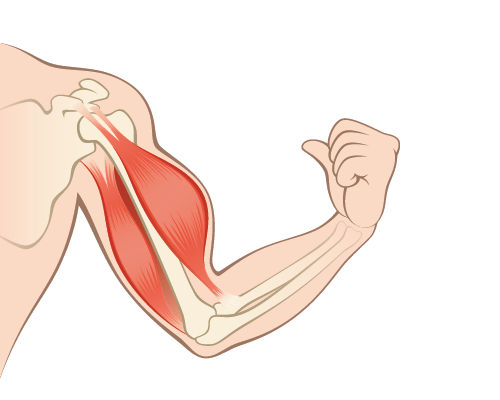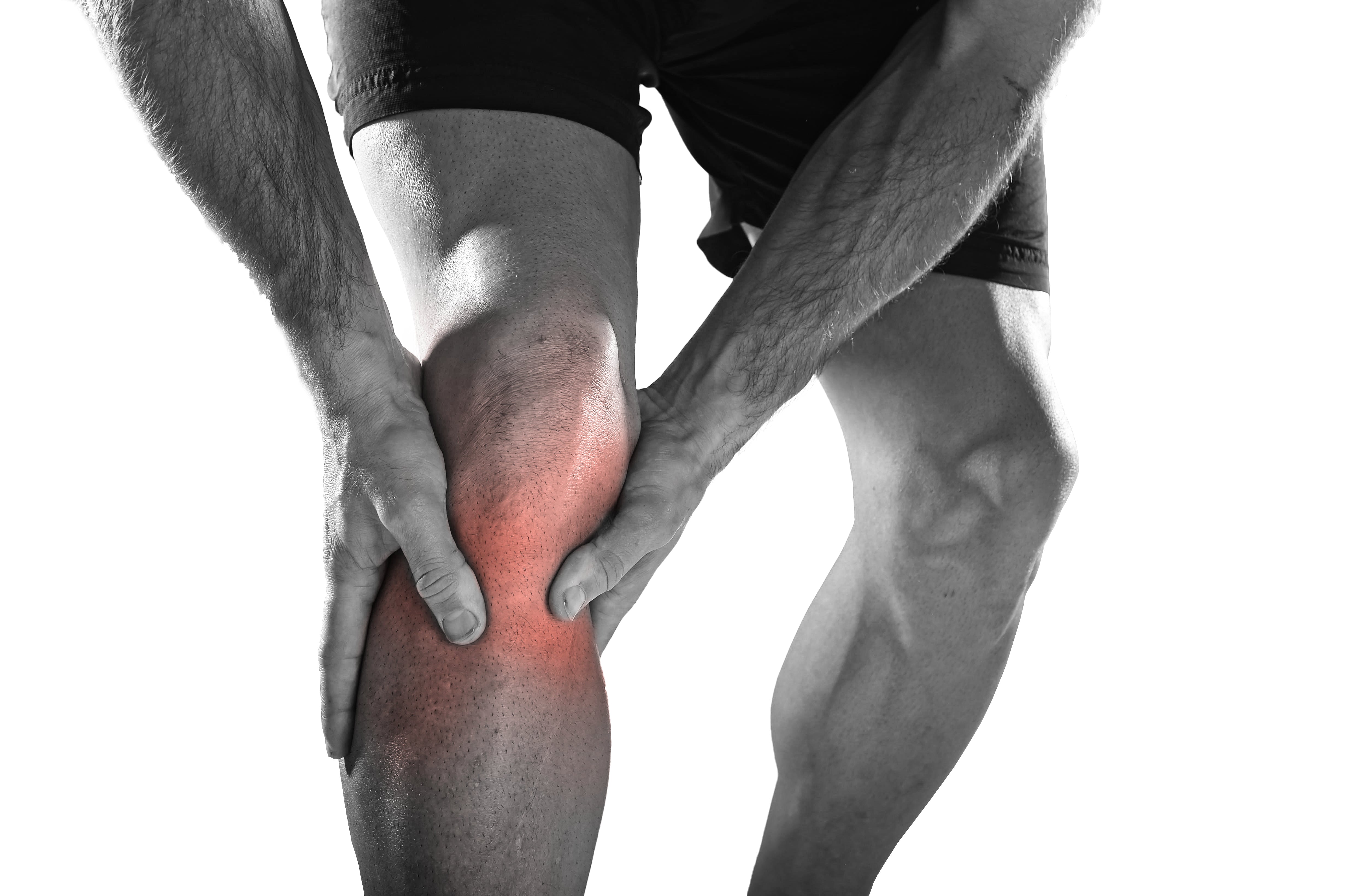What are pulled muscles, how do I prevent it, and when injured how do I treat it?
This guest post was written in collaboration with Dr. Josh Petterwood Orthopaedic Surgeon at Petterwood Orthopaedics
In this article
What is a Pulled Muscle?
One of the most common injuries in sports is a “pulled muscle” or “strained muscle” – usually occurring where muscle crosses two joints (e.g. hamstrings, which cross both hip and knee). Pulled muscles are especially common in athletes who do a lot of sprinting or fast bursts of motion, or when there is a significant rapid increase in training and load. With a pulled muscle, a sharp pain is followed by a duller pain, which can quickly become sharp again with the wrong movement. There can be a partial or total loss of function and strength.
This article will explain what a pulled muscle is, how we can prevent it, and when it does occur, how we can treat it to support full recovery.

What is Muscle?
Before we get into what a pulled muscle is, it’s important to understand the basics of muscle anatomy and function. Muscle is a band or bundle of fibrous and elastic soft tissue. There are three distinct types of muscle tissue in the human body; skeletal, smooth, and cardiac. Each of these has a specific structure and function.
Cardiac muscles – our heart muscles – contract to pump blood. Smooth muscles occur in the gut and other organs, and are not under our voluntary control. Skeletal muscles are the most common of the three types, and are voluntary muscles. Muscle pulls and strains occur in skeletal muscle, such as our hamstrings and quadriceps.
Skeletal muscle is striated; its long, thin, multi-nucleated fibers are crossed with a regular pattern of fine red and white lines, giving the muscle a distinctive appearance. Skeletal muscle fibers are bound together by connective tissue and communicate with nerves and blood vessels.
This muscle tissue is surrounded by an outer sheath that allows it to move smoothly over the surrounding tissues. Inside the outer sheath are bundles of muscle fibers known as fascicles, which are further made up of myofibrils. These myofibrils are composed of millions of microscopic units called sarcomeres.
What is a Strain, How Do They Happen?
A pulled/strained muscle is the partial or complete tear of a muscle that is caused by a great force. The tear can occur in the muscle itself, in the tendon where it attaches to bone, or where the muscle attaches to a tendon (which is most common).
Whenever we are moving, our skeletal muscles are in action. This movement is coordinated by the brain and our nervous system. When we decide to move, our brain sends an electrical signal through our spinal cord and nerves to the muscles, causing them to contract.
A contraction is simply the tightening or shortening of a muscle, causing it to pull on bones and other connective tissue. A “conversation” happens between the muscles and brain, causing the muscles to contract and relax in a coordinated way; creating motion.
When a rapid contraction happens or when the muscle is fatigued, the tiny fibers can break or tear. And because muscle tissue is made up of thousands of these fibers, a tear to just a few of them can cause some discomfort but leave the muscle functioning. But more severe tears can happen with a large number of fibers separating, leaving the muscle with a significant or complete loss of function.
What are the types of strains?
Muscle strains can be categorized into three grades, based on severity:
- Grade 1: Mild damage to individual muscle fibers that causes minimal loss of strength and motion.
- Grade 2: More extensive damage with more muscle fibers involved, although not a complete rupture. Significant loss of strength and motion can occur.
- Grade 3: Total rupture or separation of a muscle or tendon. There can be a defect or complete loss of strength or motion.
How can I Prevent Strains?
There are three primary ways to prevent strain:
- By ensuring your muscles are well nourished
- By warming up and stretching
- By managing load and not exerting too much too quickly
Strains more commonly occur when a person is fatigued or when there is sudden exertion without warm up. This is why we more commonly see strain injuries in practice vs. in a game setting.
Fatigue can occur from over training, from not getting sufficient rest for recovery, and from not consuming the right type or the right amount of nutrients needed to feed the muscles.

How do I Treat Strains?
If you think you might have pulled your muscle, it’s best to be evaluated by a physical therapist or a doctor to assess the severity of the strain as a Grade 2 or 3 may require medical intervention.
If you have been diagnosed with a pulled muscle, the treatment will usually entail taking anti-inflammatory and pain medication (e.g. ibuprofen) with the following:
- Rest. Your muscles will need rest and the amount of rest is dependent on the severity of the strain. If you had a minor muscle strain, you should be able to do some gentle movement after two days.
- Ice. Try to ice as often as you can as it can help reduce inflammation and pain. Never apply ice directly to bare skin; instead, wrap the ice pack in a towel first.
- Compression. Wrap the muscle with a tensor bandage to help bring down swelling. Avoid wrapping it too tightly or your muscle won’t get enough blood circulation.
- Elevation. Elevate the injured muscle to reduce swelling.
- Heat. After the first few days, begin applying a heating pad a few times a day.
- Nutrition. Most importantly, feed your body critical nutrients that will help you heal from the inside by giving your body nutrients to reduce inflammation and rebuild tissue.
Nutrition is one of the most overlooked aspects but one of the most critical to healing and recovery. All of the latest studies are showing that you can significantly enhance healing through nutrition. MEND Repair Recover contains all of the key nutrients in the correct doses that your body will need during recovery.




